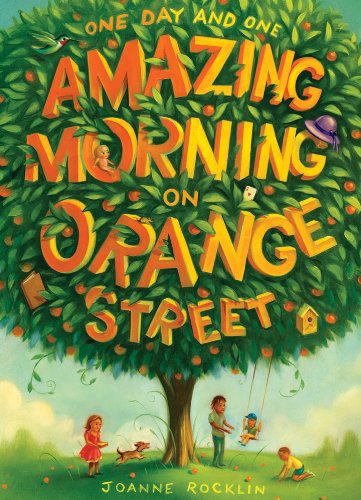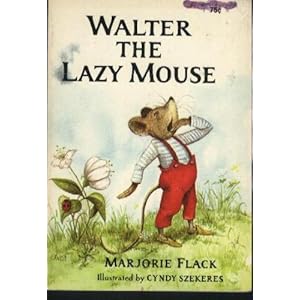
There is a snowstorm starting, and Jo-Beth and Mary Rose are on their way to their aunt's house, so their father can join their mother at the hospital where a new brother or sister will be born. When their dad, known as Last Minute Harry, refuses to stop for gasoline, and then runs out of gas on the road, he instructs the girls to wait in the car with the doors locked while he looks for a gas station. They obey at first, but when Jo-Beth realizes she urgently has to use the bathroom, they wander out into the snow and head for the public library. Though they don't mean to, they wind up staying past closing time, and when they try to leave, they find themselves locked in! The rest of their night is filled with spooky noises, strange shadows, and lots of unexpected turns of events.
This book is a great first introduction to suspense. Almost every chapter ends with some sort of cliffhanger, which is then resolved in the following chapter. The explanations for many of the scary things the girls encounter are disappointing, and maybe even cheesy from an adult perspective, but for early chapter book readers, they are exciting without being terrifying, which is something I would have appreciated (and presumably did appreciate, given my need to finish the book ahead of the class) as a kid.
This book also teaches the important lesson that not everything that's old is useless. The librarian in the book worries that all of her memorabilia related to children's books will be lost when the library closes, but the girls convince her to make old things new again by opening a museum devoted to children's literature.
The story didn't feel completely dated, especially since there weren't many mentions of library practices themselves. I think the biggest thing I noticed was just the lack of technology. The girls weren't able to contact their father during the snowstorm because the phones were down. These days, though cell phones might go down in a severe storm, there would have been that extra option. The internet, too, is absent, but that didn't bother me much at all. The story still felt contemporary, and the girls' reactions to things rang very true for me.
This was a nice walk down memory lane, even if I didn't have many memories to go on. I love the cover of this book (the original, on the far left at the top of this post), and I've always sort of thought of it as more cozy than creepy. The sibling dynamics in the story also amused me - I have a younger sister, and the squabbles these girls got into were similar to ones I had with my own sister growing up. I wonder if that was another appealing aspect of it for me back when I was six.
This book is still very much in print, and my library received a new copy just this year before we opened our new branch. If you haven't read it, give it a shot. It's short, strange, and, for adults, maybe somewhat predictable, but worth reading, especially if you're a fan of kids' books.



